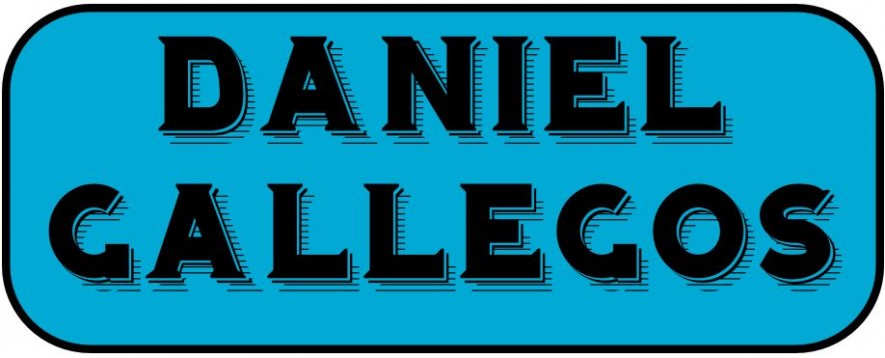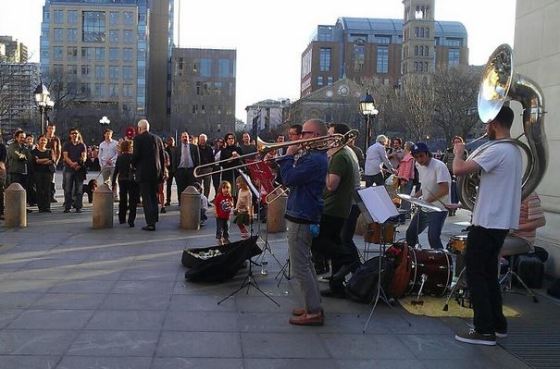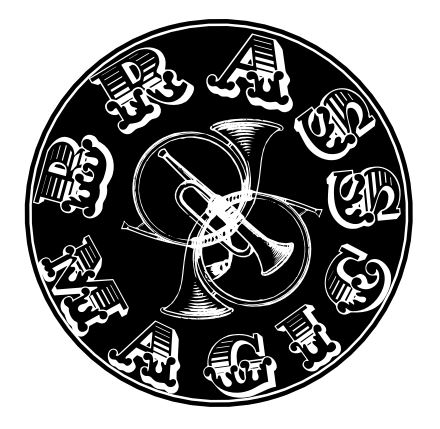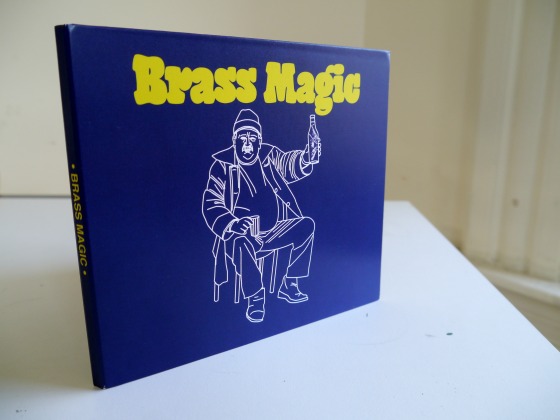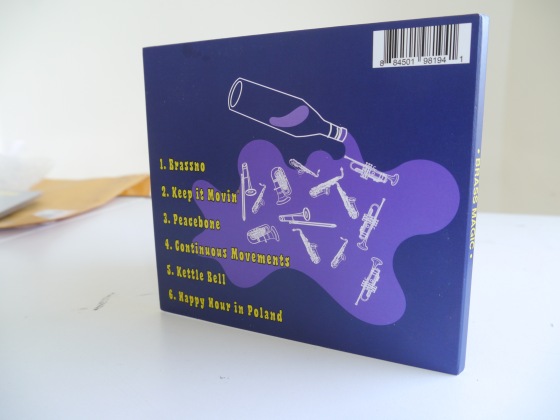
The Left bread is without a bread basket, the right bread is with a bread basket.
For the last year my wife and I have been making homemade bread. We used to get our bread from Acme bread bakers in Berkeley, California which we really loved. When we moved to New York City we looked for bread in the neighborhood here in the Morningside Heights and we couldn’t really find anything we were excited about. We then tried a few recipes until we came across this recipe on Shutterbean (Incidentally, Shutterbean is one of the best recipe sites we’ve come across on the internet!) which featured Jim Lahey’s (founder of Sullivan Bakery) recipe for the No Knead Method of baking bread.
I would say this has to be one of the most sturdy bread recipes we’ve used. This means that the bread as it rises can be left for longer or shorter periods of time depending on the humidity and the second rise, which makes the bread a flexible option for those on the go and too busy to make the bread at the exact moment in time that the recipe suggests. With that said, it is important to know that bread is not an exact science. It’s more about being aware of what your dough is doing during the first and second rise because the conditions of humidity and temperature can have a lot to do with the way the bread comes out.
A good heavy iron pot with a lid on it or a Dutch Oven or in our case we used two medium sized iron pans to bake the bread in. One as a bottom and the second as a top with enough room for the bread to rise in the oven. It’s important to not let the bread touch the top because it might burn.
Adding the optional ingredients to the dough will change the personality of the bread but it will be an equally rewarding and delicious experience. We sometimes add raisins to this recipe but we often add chopped olives, and rosemary. I’m pretty sure you can get creative with what you can fold into this dough. Perhaps the possibilities are endless!
Ingredients
3 Cups of flour
1 1/2 Cups of Water
1 1/4 teaspoons of salt
1/2 teaspoon of dry yeast
cornmeal or oatmeal or wheat bran or flour to dust the pan and the top of the bread so it doesn’t stick.
Optional Ingredients
1/2 cup of coarsely chopped walnuts
1 cup of raisins
1/2 cup of olives split in half and without pits
a handful of chopped rosemary
Optional Tools
A bread basket for the second rise
First add the flour, salt,and yeast together in a medium sized mixing bowl and mix thoroughly. You can also add your optional ingredients in this step too. Next add the water and mix until you’ve been able to get the water evenly distributed through the dough. It should be sticky but not watery. Cover the bowl and let rise for about 18 hours. This step is important but the time can vary depending one the temperature, and humidity. You can slide the time around a bit here depending on your work/school schedule and how the bread is rises. After a little experience you’ll be able to use your best judgment. After the first rise carefully add a small handful of flour to cover the dough. Gently take the dough from bowl and carefully mold the dough into a ball. Do not compress the dough because you want to make sure that there are gas pockets from the yeast that will give it that rustic texture! lightly flour the bowl or bread basket and leave it to rise a second time for 90 minutes. Turn your oven on for a half an hour at 475 degrees F. During the thirty minutes that the oven is heating up, put your pot in the oven (This will ensure that your results will be a good crusty bread). Pull your pot from the oven and quickly dust the bottom pan with cornmeal or oat bran or Oatmeal or flour. Take the dough from your basket or bowl and gently land it onto the hot bottom pan or pot. Quickly cover it and place back into the oven. Cook for thirty more minutes with the lid on and another 15 minutes with the lid off to darken the crust of the bread. Afterwards carefully pull out the bread from the pot and let it cool. Voila, rustic bread!
